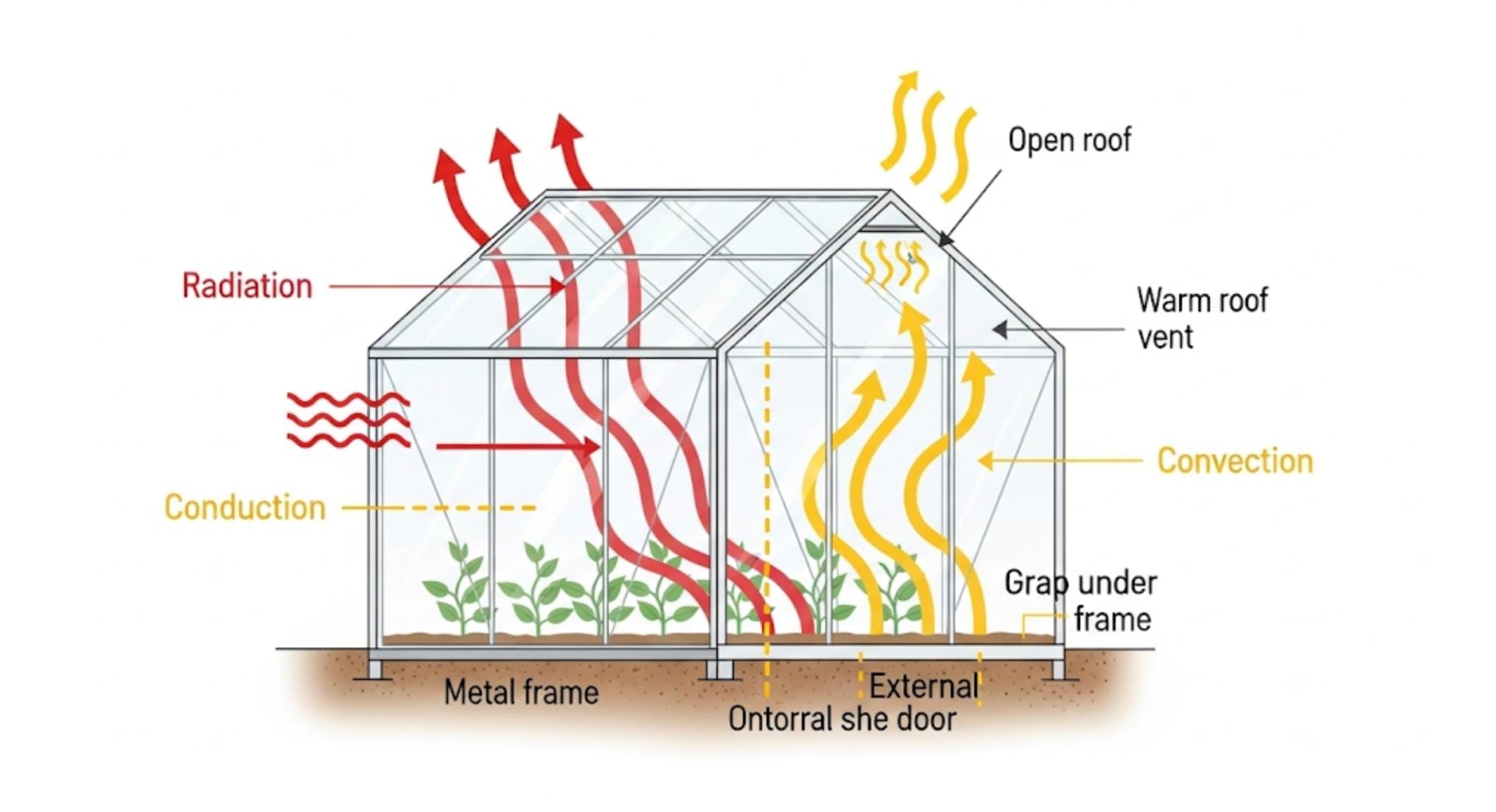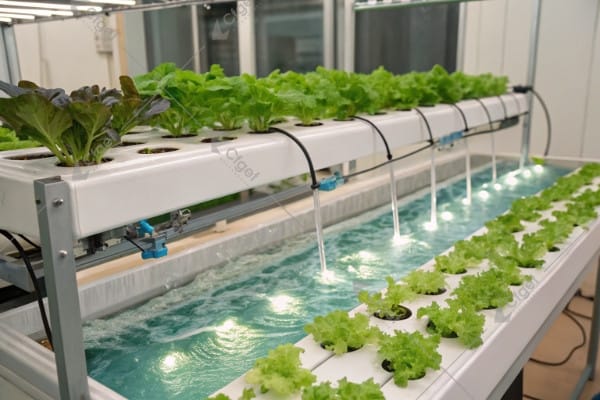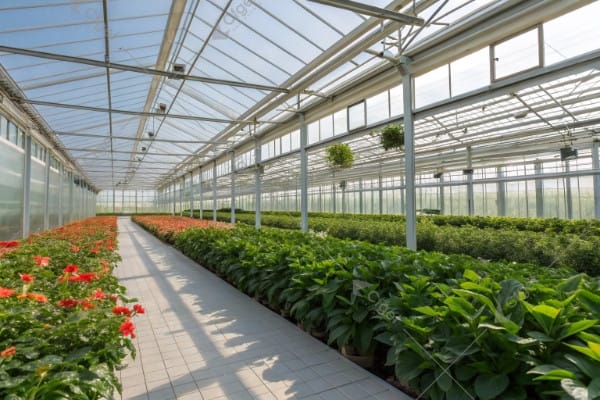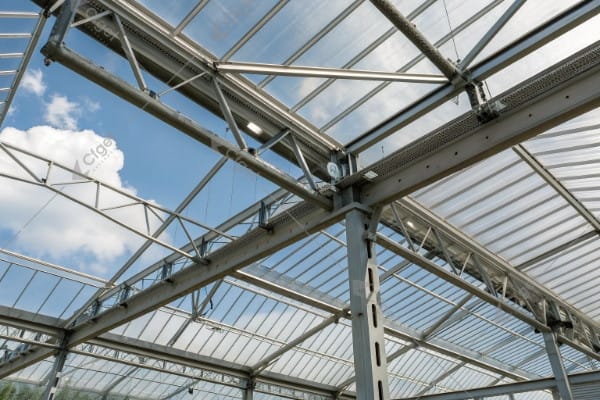Overwhelmed by the choices in greenhouse technology? Confused about which system best suits your climate and budget? You are not alone.
A Chinese greenhouse is a unique, passive solar structure. It uses a thick, heat-retaining north wall to store solar energy during the day and release it at night. This minimizes the need for supplemental heating, making it ideal for cooler climates.
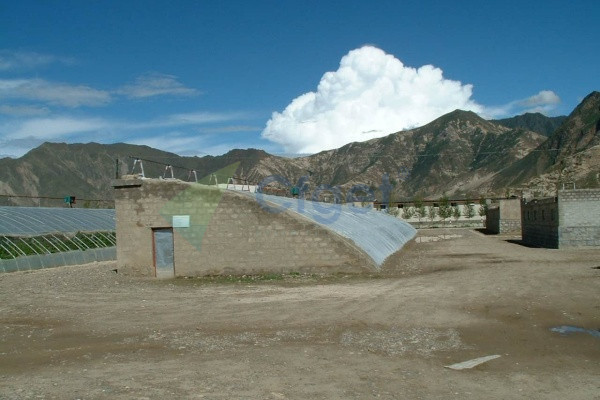
Let’s delve into the details. This structure, while seemingly simple, offers a powerful solution for sustainable growing.
Definition and Working Principle of Chinese Greenhouses: How Do They Actually Work?
Feeling mystified by how a greenhouse can stay warm primarily using the sun? It’s a common question, and the answer lies in ingenious design.
Chinese greenhouses, often called solar greenhouses, maximize solar gain and minimize heat loss. The key is the north wall – a thick, insulated structure that acts like a thermal battery, storing heat during the day and radiating it back at night.
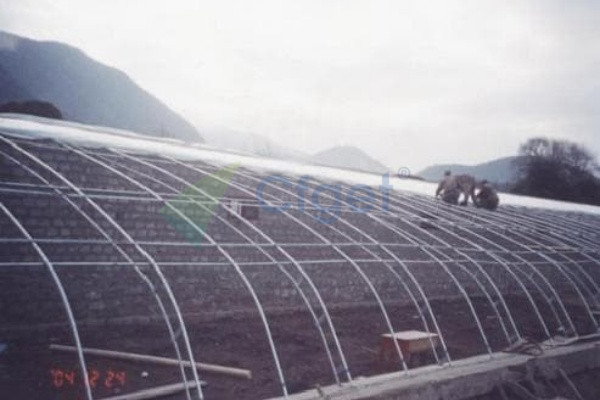
The principle isn’t magic; it’s smart physics. Let’s break down the components and how they work together:
Key Components and Their Functions:
| Component | Function | Material Example | Key Considerations |
|---|---|---|---|
| North Wall | The core of the greenhouse’s heat storage. Absorbs solar radiation (heat) during the day and releases it slowly at night. Maintains a stable internal temperature. | Brick, Concrete, Earth (rammed earth), Composite | Thickness: Crucial for heat storage capacity. Insulation: Minimizes heat loss to the outside. Material Density: Affects heat absorption rate. |
| South Roof | Transparent south-facing roof allows sunlight to enter. Provides light for photosynthesis and contributes to warming the air inside. | Plastic Film (polyethylene), Polycarbonate, Glass | Light Transmission: Maximizes sunlight entering. UV Resistance: Protects the covering from degradation. Angle: Optimized for winter sun. |
| Insulation | Essential on the north, east, and west walls, and often used as a movable cover over the south roof at night. Reduces heat loss to the environment. | Straw, Foam (polystyrene), Reflective Materials | R-Value: Higher R-value = better insulation. Moisture Resistance: Prevents insulation from becoming damp and ineffective. |
| Ventilation | Usually vents on the roof or south side. Regulates temperature by releasing excess heat and allows for air exchange (CO2/O2). | Manual Vents, Automated Vents (thermostat-controlled) | Placement: Strategic location for effective airflow. Size: Adequate to prevent overheating. |
I recall visiting a grower in Inner Mongolia. The winter temperatures there are brutal, often dropping below -20°C. But inside his Chinese greenhouse, he was successfully growing spinach and lettuce! He showed me the thick, rammed-earth north wall and explained how it was the key to maintaining a stable temperature, even on the coldest nights. It was a testament to the power of this simple, yet effective design.
Detailed Steps for Building a Chinese Greenhouse: A Practical, Step-by-Step Guide?
Feeling daunted by the prospect of building your own Chinese greenhouse? A clear, step-by-step process makes it much more manageable.
Building a Chinese greenhouse involves careful site selection, foundation preparation, north wall construction, framing, covering installation, and insulation. Proper orientation and material quality are paramount for success.
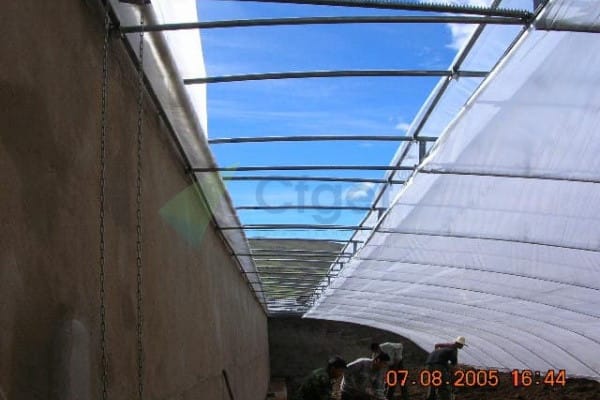
It’s not just about putting up walls and a roof. It’s about understanding the why behind each step to ensure optimal performance.
Step-by-Step Breakdown with Critical Considerations:
| Step | Description | Critical Considerations |
|---|---|---|
| 1. Site Selection | Choose a south-facing location (in the Northern Hemisphere) with maximum sun exposure, especially in winter. Ensure good drainage and access to water. Consider prevailing winds. | Orientation: Precise south-facing alignment is critical. Sunlight Hours: Maximize winter sun. Drainage: Prevent waterlogging. Windbreaks: Protect from strong winds. Water Source: Easy access. |
| 2. Foundation | Prepare a level and stable foundation. This could be a concrete slab, compacted earth, or a raised bed. | Leveling: Essential for structural integrity. Drainage: Channels water away. Material: Strength and durability. |
| 3. North Wall | Construct the thick, insulated north wall. This is the most crucial element for heat storage. | Material Choice: Density, thermal mass, and insulation properties. Thickness: Determines heat storage capacity. Height: Optimized for latitude and desired crop height. Insulation: Prevents heat loss. |
| 4. Structure | Erect the supporting frame. This can be steel, wood, bamboo, or a combination. The frame supports the covering and defines the greenhouse’s shape. | Material Strength: Withstand wind and snow loads. Design: Appropriate for the covering material and desired internal space. Durability: Resistance to rot, rust, or pests. |
| 5. Covering | Install the transparent covering material on the south-facing roof and, optionally, the end walls. Ensure a tight seal to minimize heat loss. | Material Choice: Light transmission, UV resistance, durability. Sealing: Prevent air leaks. Tension: Properly stretched to avoid sagging. |
| 6. Insulation | Apply insulation to the north wall, east and west walls, and as a nighttime cover for the south roof (highly recommended). | Material Choice: R-value, moisture resistance, ease of installation. Coverage: Complete coverage of designated areas. Night Cover: Significantly reduces heat loss. |
| 7. Ventilation | Install vents, typically on the roof or south side. These can be manually operated or automated. | Size and Placement: Adequate for airflow and temperature control. Operation: Manual or automatic (thermostat-controlled). |
| 8. End Walls | Build the end walls. | Can be built with different materials, such as brick, wood, or polycarbonate. |
It’s helpful to think of a Chinese greenhouse as a carefully designed thermal envelope. The goal is to trap solar energy during the day and minimize heat loss at night. Every element, from the foundation to the vents, plays a role in achieving this.
Chinese Greenhouse: Advantages at a glance: Why Choose This Design?
Uncertain about the specific benefits a Chinese greenhouse offers over other types? A concise summary will highlight the key advantages.
Chinese greenhouses are prized for their energy efficiency, low running costs, and ability to extend the growing season in colder climates. They harness the sun’s power, reducing or eliminating the need for fossil fuel-based heating.
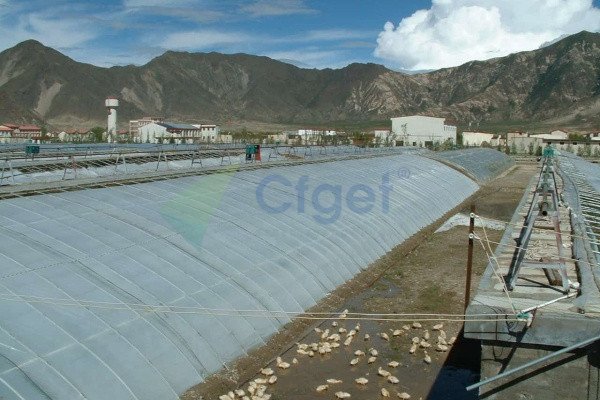
Let’s dig a bit deeper. These advantages aren’t just abstract concepts; they translate into tangible benefits for growers.
Advantage Breakdown and User Impact:
| Advantage | Description | User Impact (Examples) |
|---|---|---|
| Energy Efficiency | Utilizes solar energy for heating, minimizing reliance on electricity or fossil fuels. | Lower Energy Bills: Significant savings for commercial growers. Reduced Carbon Footprint: Environmentally friendly operation. Energy Independence: Less reliance on the grid. |
| Low Operating Costs | Reduced energy consumption leads to lower overall operating costs. | Increased Profit Margins: Higher profitability for farmers. Affordable Food Production: Makes local growing more accessible. |
| Winter Production | Excellent heat retention allows for crop production even in cold climates, extending the growing season. | Year-Round Harvests: Provides fresh produce throughout the year. Reduced Reliance on Imports: Improves local food security. |
| Simple System | Requires fewer complex electronic controls compared to high-tech greenhouses. | Easier to Start: Lower barrier to entry for new growers. Reduced Maintenance: Less that can go wrong. |
| Cost-Effective | Generally lower initial investment compared to high-tech greenhouses with sophisticated climate control systems. | Accessible to Small Farms: Makes greenhouse growing viable for smaller operations. Faster Return on Investment: Potential for quicker payback. |
My own decision to build a Chinese greenhouse was driven primarily by the cost savings. I wanted to grow vegetables year-round, but the heating costs of a traditional greenhouse were prohibitive. The Chinese design offered a way to achieve my goals without a massive financial burden.
Evaluation of the Advantages and Disadvantages of Chinese Greenhouses: A Balanced Perspective?
Need a realistic assessment before committing to a Chinese greenhouse? An honest evaluation of both pros and cons is essential.
While Chinese greenhouses offer significant advantages, they also have limitations. These include potentially lower light levels, temperature fluctuations, and suitability for specific crops.
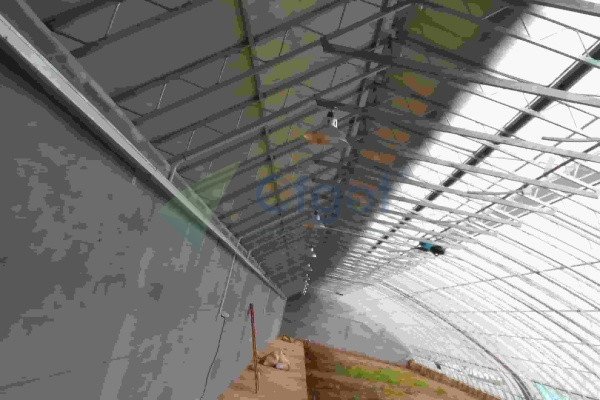
It’s crucial to understand the trade-offs. No greenhouse system is perfect for every situation.
Pros and Cons Table with Explanations:
| Aspect | Advantage | Disadvantage | Mitigation Strategies |
|---|---|---|---|
| Energy Use | High energy efficiency, low operating costs. | Lower light levels on cloudy days, may require supplemental lighting. | Use high-transmittance covering materials. Consider supplemental LED lighting for cloudy periods. Choose crops that tolerate lower light levels. |
| Temperature | Excellent heat retention, stable night temperatures. | Potential for overheating in warmer months. Risk of temperature fluctuations if insulation is inadequate. | Ensure adequate ventilation. Use shading cloths in summer. Improve insulation and sealing. Consider automated ventilation systems. |
| Cost | Lower initial investment (compared to high-tech greenhouses). Reduced energy expenses. | Higher initial investment than simple hoop houses. Cost of high-quality insulation. | Source affordable, locally available materials where possible. Prioritize high-quality insulation. Phase construction to spread costs. |
| Crop Suitability | Ideal for leafy greens, many vegetables (tomatoes, cucumbers), and herbs. | Not suitable for all crops (e.g., those requiring very high light or precise temperatures). Limited vertical space unless specifically designed for tall crops. | Select appropriate crops. Adapt the design for taller crops (higher roof). Consider intercropping (combining different crops with varying light and space requirements). |
| Maintenance | Relatively simple design, lower maintenance than complex automated systems. | Requires regular monitoring of temperature and humidity. Manual adjustments of vents and insulation may be needed. Potential for structural issues if built with low-quality materials. | Use durable, high-quality materials. Implement a regular monitoring schedule. Automate ventilation and insulation where possible. Address any structural issues promptly. |
| Climate | Excellent for cold climates with sufficient sunlight. | May require modifications (cooling systems) in extremely hot, humid climates. | Consider evaporative cooling, shading, and increased ventilation for hot climates. |
| Ease of Construction | Relatively simple construction compared to high-tech greenhouses. | May require more labor than pre-fabricated greenhouse kits. | Get multiple helping hands. |
It’s about finding the best fit, not perfection. I had to carefully consider my local climate (long, cold winters), the crops I wanted to grow (primarily leafy greens and tomatoes), and my budget. The Chinese greenhouse design emerged as the most suitable option for my specific circumstances.
Conclusion
Chinese greenhouses represent a compelling option for sustainable, cost-effective food production, particularly in colder regions. They provide an excellent way to extend the growing season and reduce reliance on fossil fuels. Carefully weigh the pros and cons to determine if this is the right choice for your needs!

